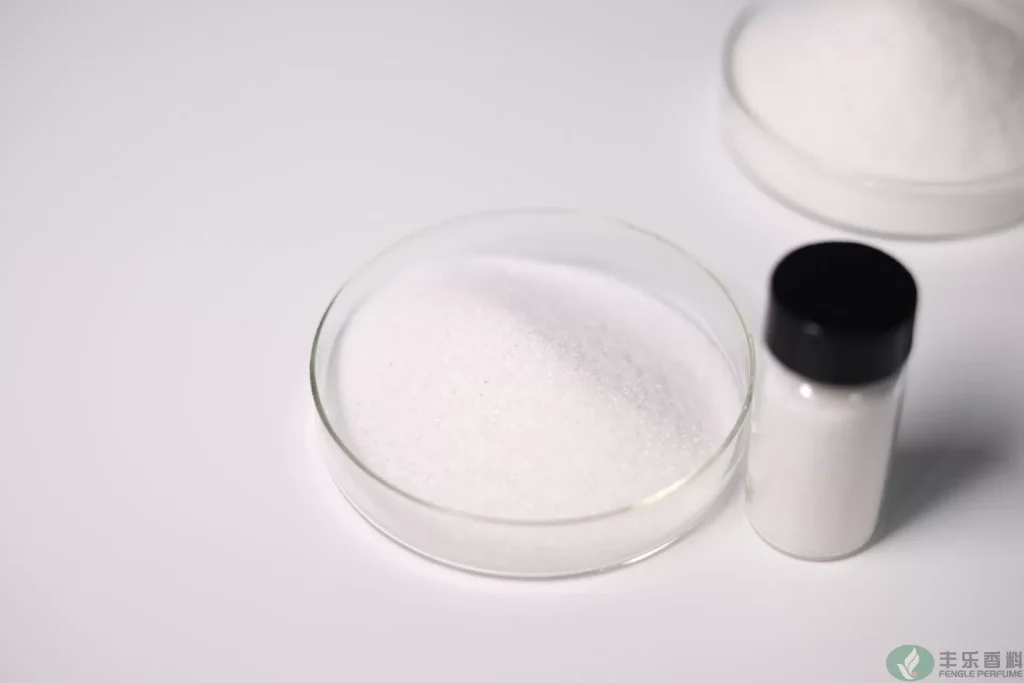
NEWS
5 Questions About Coolants Answered
2023-08-28
This article will lead you into the world of coolant, let us understand him through these questions first!
What is coolant?
A coolant is a substance used to reduce the temperature of an object. They are commonly used in a variety of equipment and systems to help control temperature, dissipate heat, and keep mechanical parts at proper operating temperatures.
Coolants are usually in liquid or gaseous form. They cool objects by absorbing heat and directing the flow of heat. Coolant can be circulated in the circulation system, by absorbing heat and releasing it.

How does coolant work?
Coolant works by controlling temperature and dissipating heat through heat conduction and heat transfer circulation. Here is the basic process of how coolant works:
Absorbing heat: Coolant first absorbs heat. In a car engine, coolant flows through the engine circulation system over the hot surfaces of the engine, such as the engine block and pistons. The coolant absorbs the heat generated by the engine.
Heat conduction: The coolant transfers the absorbed heat from the engine surface to other parts in the cooling system through heat conduction. This includes coolant passages, radiators (or heat exchangers), and auxiliary cooling.
Heat dissipation: Once the coolant transfers heat to the radiator, the radiator uses air flow to speed up the heat dissipation process of the coolant. The radiator lowers the temperature of the coolant by transferring heat to the surrounding environment.
Circulation: After cooling, the coolant is pushed to the engine for recycling through pumps and other equipment. This cycle continues to control the engine's operating temperature and prevent overheating.
To sum up, through the process of absorbing and transferring heat, the coolant can reduce the temperature of the equipment, maintain the normal working temperature and dissipate heat. It helps prevent equipment from overheating, protects components from heat damage, and ensures efficient operation of equipment.
The role of coolant in temperature regulation?
Coolant plays an important role in temperature regulation, which is mainly reflected in the following aspects:
Heat absorption and temperature stabilization: Coolant absorbs and removes heat generated by a device or system, preventing it from overheating. It can maintain a relatively stable temperature while absorbing heat, preventing the device from being overheated and affecting its normal operation.
Heat dissipation: The coolant passes through radiators and other devices to transfer the absorbed heat to the surrounding environment. Through effective heat dissipation, the coolant can reduce the temperature of the equipment and ensure that the equipment is within the normal operating temperature range.
Control temperature changes: Coolant plays a role in stabilizing and controlling temperature changes in temperature regulation. It can absorb and release heat, adjust the temperature according to the change of equipment heat load, and keep the equipment within the appropriate operating temperature range.
Anti-corrosion and freezing: Anti-corrosion and anti-freezing agents are added to the coolant, which can protect the metal parts in the system from corrosion, and prevent the coolant from freezing in low-temperature environments to ensure the normal operation of the system.
Improved Thermal Efficiency: By controlling the operating temperature of the equipment, coolant can increase the thermal efficiency of the equipment. Lower temperatures help reduce energy loss and improve equipment performance and longevity.
How important is coolant for optimal performance?
Coolant is very important to achieve the best performance of equipment, mainly in the following aspects:
Temperature control: The equipment will generate a lot of heat during operation. If the temperature is too high, the performance of the equipment will be reduced or even damaged. Through the process of absorbing and dissipating heat, the coolant can effectively control the temperature of the equipment and ensure that the equipment operates within a suitable working temperature range. Maintaining a stable temperature helps improve the reliability, stability and longevity of your equipment.
Heat conduction and heat dissipation: The coolant transfers the heat generated by the equipment to the surrounding environment through the process of heat conduction and heat dissipation. Effective heat conduction and heat dissipation can quickly reduce the temperature of the device, prevent overheating, and avoid thermal runaway. At the same time, good heat dissipation can also improve the working efficiency and performance of the device.
Prevents corrosion and deposit formation: Anti-corrosion and cleaning agents are often added to the coolant to protect the metal parts inside the equipment from corrosion and deposits. Preventing corrosion and deposit formation maintains proper equipment operation and avoids performance degradation or failure due to corrosion and clogging.
Stable performance and reliability: By controlling the temperature of the equipment and dissipating heat, the coolant can keep the equipment in a stable working state. A stable operating temperature helps to provide consistent performance and reduces variations in power consumption of the device over temperature, improving device stability and reliability.
Increased efficiency and reduced energy consumption: Proper coolant circulation and heat dissipation design can increase the thermal efficiency of the equipment and reduce energy consumption. By controlling temperature and optimizing cooling systems, coolant helps equipment use energy more efficiently, reducing heat loss and improving overall energy efficiency.
Where to Buy Superior Coolant?
If you want to buy high-quality coolant, you must not miss this one. It can meet your needs to the greatest extent and help you achieve satisfactory results. Come and click below to learn about our products!
Previous page:How to Make a Peppermint Oil Spray to Repel Bugs

